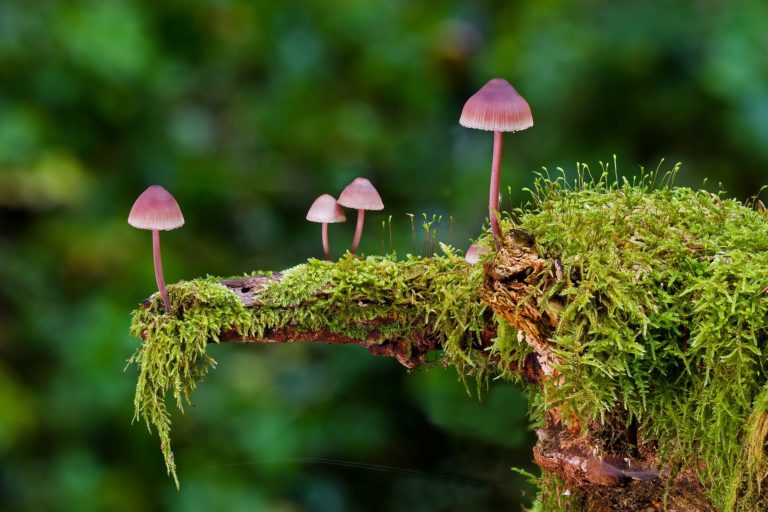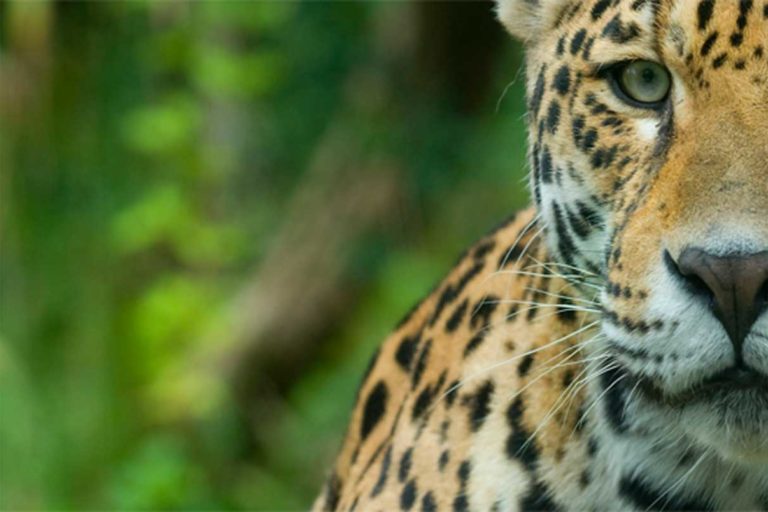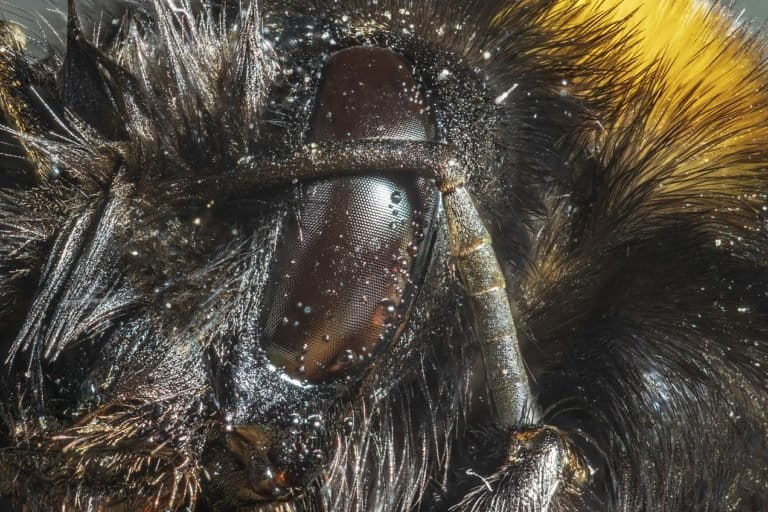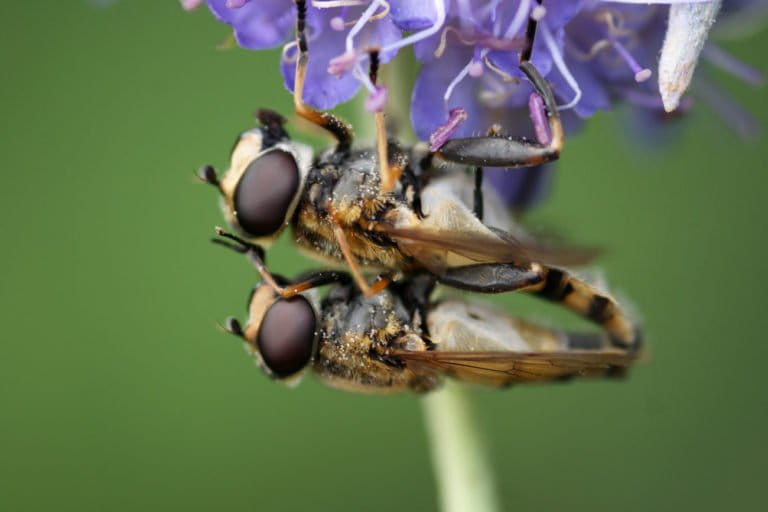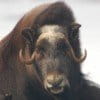Scientists have uncovered gold in the dunes of South Africa's northwest coast: the De Winton's golden mole, a species not seen by scientists since 1936. Like moles in general, De…
Small, lively and threatened, the golden lion tamarin is a species found only in the Atlantic Rainforest and who today fights for space and connection inside the nation’s most deforested and fragmented biome. There are four species in Brazil, but the golden lion tamarin (Leontopithecus rosalia) was the first to be described and has enjoyed the most fame.
Fungi account for around half of the living organisms in our soils, yet we tend to only notice them when a conspicuous mushroom or toadstool pops up and draws our…
More numerous than stars, our planet’s microbes play an integral role in helping life thrive on Earth. But what happens when climate change, pollution and ocean acidification impact microbes? — We don’t know.
In 2012, researchers described a teensy, aspirin-sized chameleon, Brookesia nana, from a thin slice of rainforest in northern Madagascar. The species, which experts believe is the smallest reptile in the world, grabbed plenty…
Three years ago, Panji Gusti Akbar was flipping through the pages of Birds of the Indonesian Archipelago when he came across a photo of a bird with brown wings and…
MANILA — The eruption of Mount Pinatubo in the Philippines in 1991 spewed enough volcanic ash into the atmosphere to cool the world. In the immediate vicinity of the volcano,…
The native vegetation of Brazil’s vast savanna is rapidly being replaced by plantations and pastures. At risk along with the biome’s grasslands are hundreds of endemic, uniquely adapted reptile species.
An expedition into the cloud forests of the Bolivian Andes has uncovered 20 species new to science, including a frog that may be the smallest in the Andes, a new…
The illegal wildlife trade is out of control in the Brazilian Amazon and Cerrado, says the award-winning NGO known as RENCTAS, which tracked 3.5 million wildlife trafficking ads on social networks last year.
This article is a one year follow up to the award-winning series, The Great Insect Dying published in June, 2019 on Mongabay. The original series documents insect losses in Europe, the U.S. and the tropics — here’s what we know today.
The Somali sengi is a strange amalgamation of creatures. While its body is the shape and size of a mouse’s, it has spindly, gazelle-like legs that allow it to dart…
Meet biologist Jonathan Slaght as he spends years tracking a giant bird “the size of a fire hydrant with a six-foot wingspan.” Slaght’s new book, Owls of the Eastern Ice, offers engaging tales from the field.
Referred to as barking deer, 12 species of muntjacs inhabit Asia. The rarely seen, critically endangered Large-antlered muntjac inhabits the evergreen forests of Southeast Asia’s Annamites Range.
Well organized global crime networks are pulling millions of tropical birds, fish, turtles and mammals out of the Amazon — a lucrative trade that is destroying ecosystems and putting public health at risk.
In inland São Paulo state, 2.5 million Atlantic Forest trees were planted to enable the survival of one of the rarest primates on Earth.
Life can’t function without insects. At least, not for long. Dutifully, they pollinate, break down waste, cycle nutrients, move seeds, and touch every node in the web of life, filling…
APOI, Nigeria — It’s sunset in the small Niger Delta village of Apoi. The town crier's bell rings out over tilted electricity poles and small bungalows. “The epiene people are…
During the 1980s, only a few hundred Atlantic Forest tamarins remained. By 2014, conservation efforts boosted that to 3,700. But in 2018, yellow fever wiped out 32%. A vaccine offers hope.
Patagonia’s huemul is an agile herbivore of which only about 1,500 may remain at 100 or so scattered sites between sea level and the Andes; it is being buffeted by complex interrelated stressors.
Meat and dairy consumption in Europe are contributing disproportionately to habitat destruction of charismatic species like the giant anteater in Brazil's Cerrado savanna.
The natural world that many of us knew as children is slipping away as the environmental crisis escalates and native species we adored move on or perish; while world leaders dither.
Near consensus found among 24 entomologists and scientists working on 6 continents: Insects are likely in serious global decline, but much more data needed.
In the fourth and final story of this exclusive Mongabay series, entomologists around the world offer far ranging solutions to curb and reverse the great insect die-off.
Tropical insects are wildly diverse, but most species are unstudied or unknown, even as they’re heavily impacted by deforestation, climate change and pesticides.
The insects of the EU and US are the best studied in the world, and it is here that a strengthening case can be made for an alarming insect abundance decline.
Recent surveys hint at an insect apocalypse. But are insects at risk globally? Mongabay talks with 24 scientists on 6 continents to find out in an exclusive new series.
Ivory, pangolin scales, bear bile: Rachel Nuwer, author of the new book “Poached,” saw it all as she trekked from rainforests to posh restaurants on the trail of wildlife traffickers.
Biologist Joel Berger endures extreme conditions to study muskoxen and learn about the opportunities — and limits — of behavioral flexibility in a fast changing climate.
Researchers at the Cape Eleuthera Institute (CEI) have been mapping the deep waters at the northern end of the Bahamian archipelago for many years, but their efforts got a boost…




